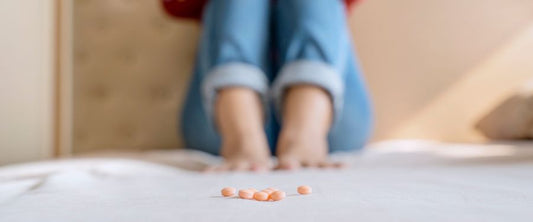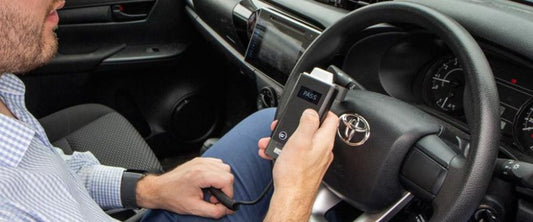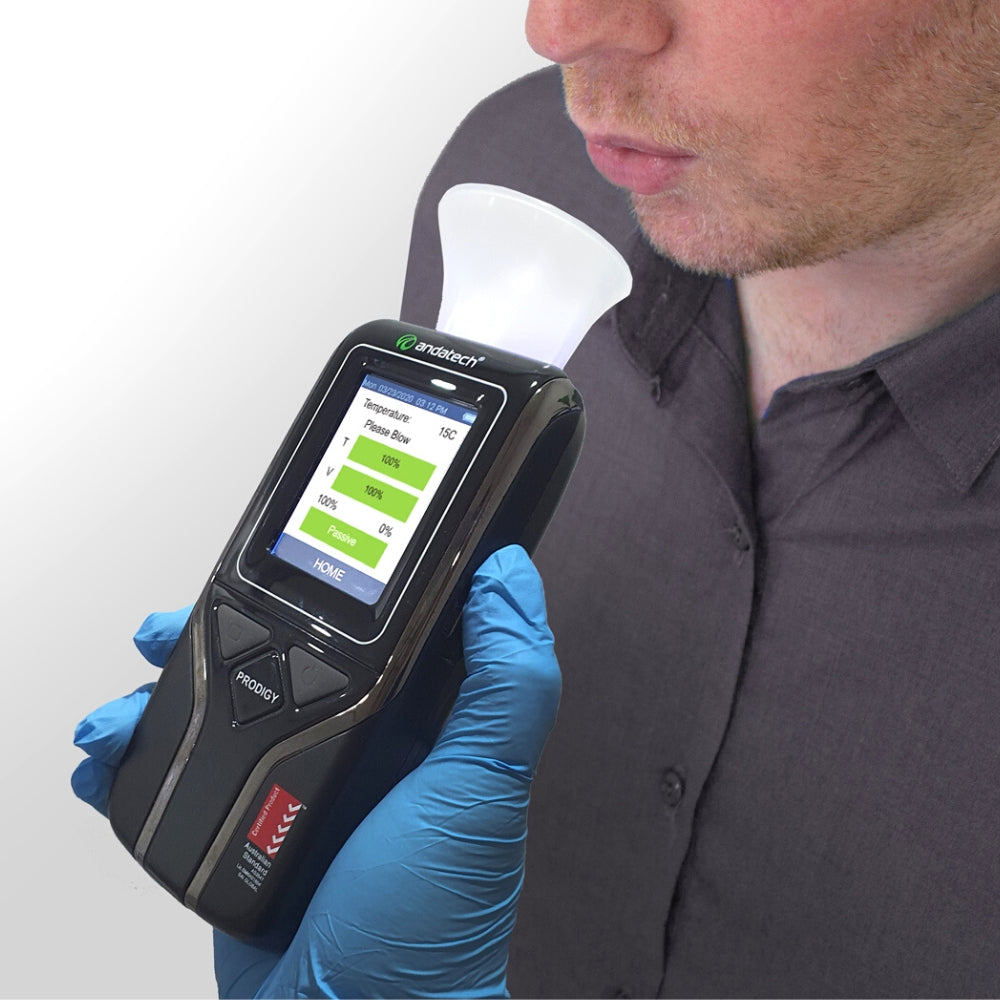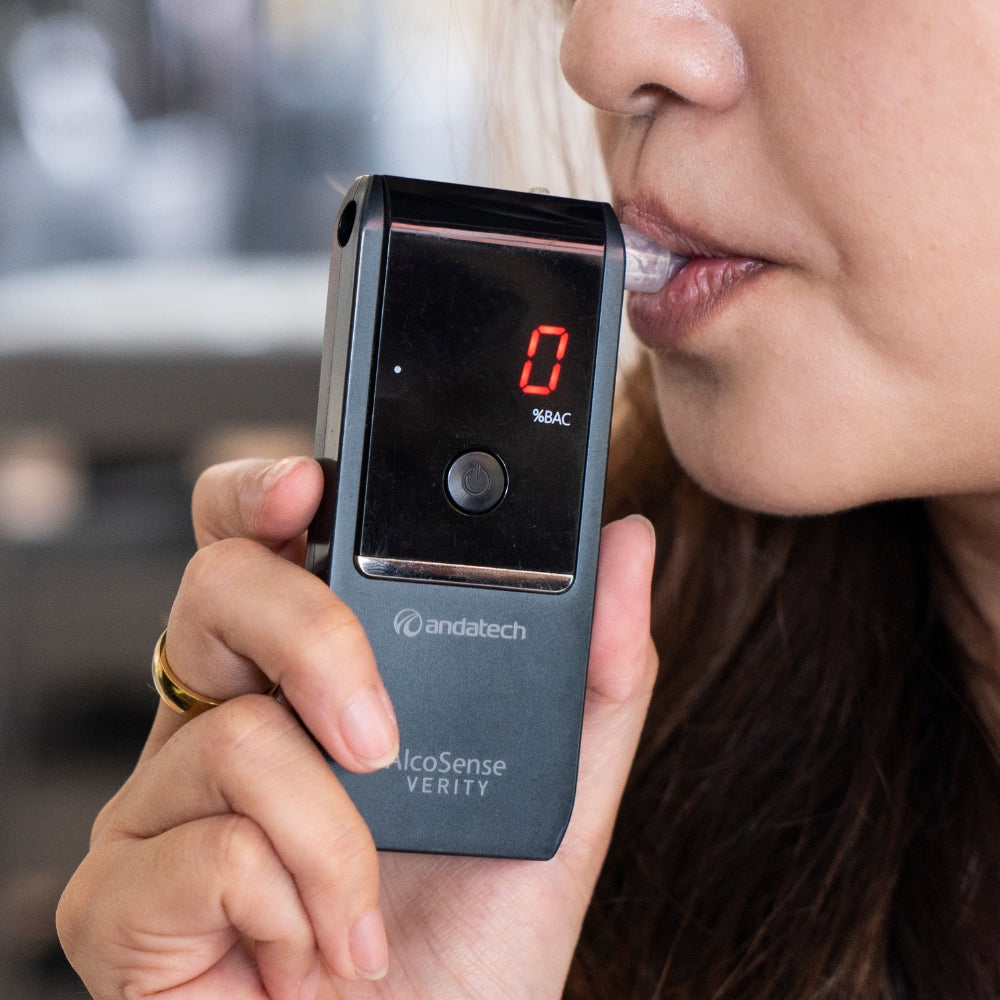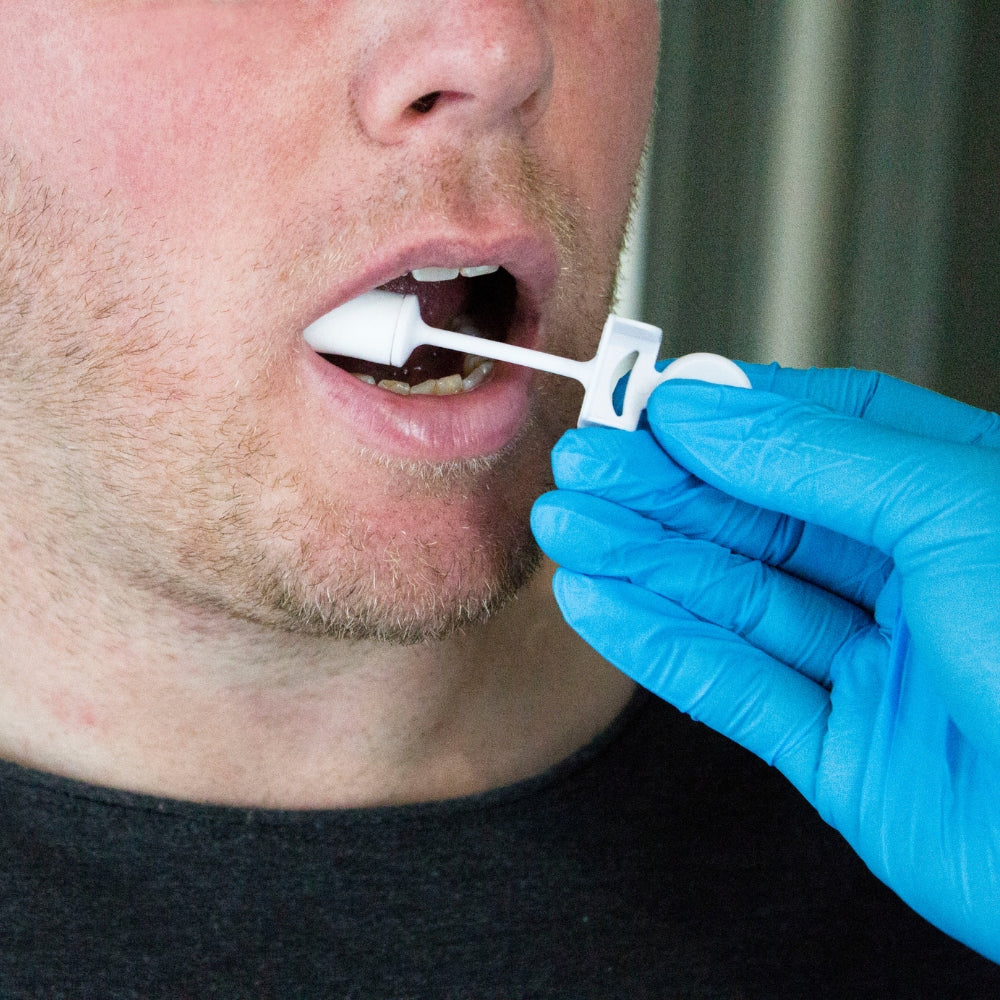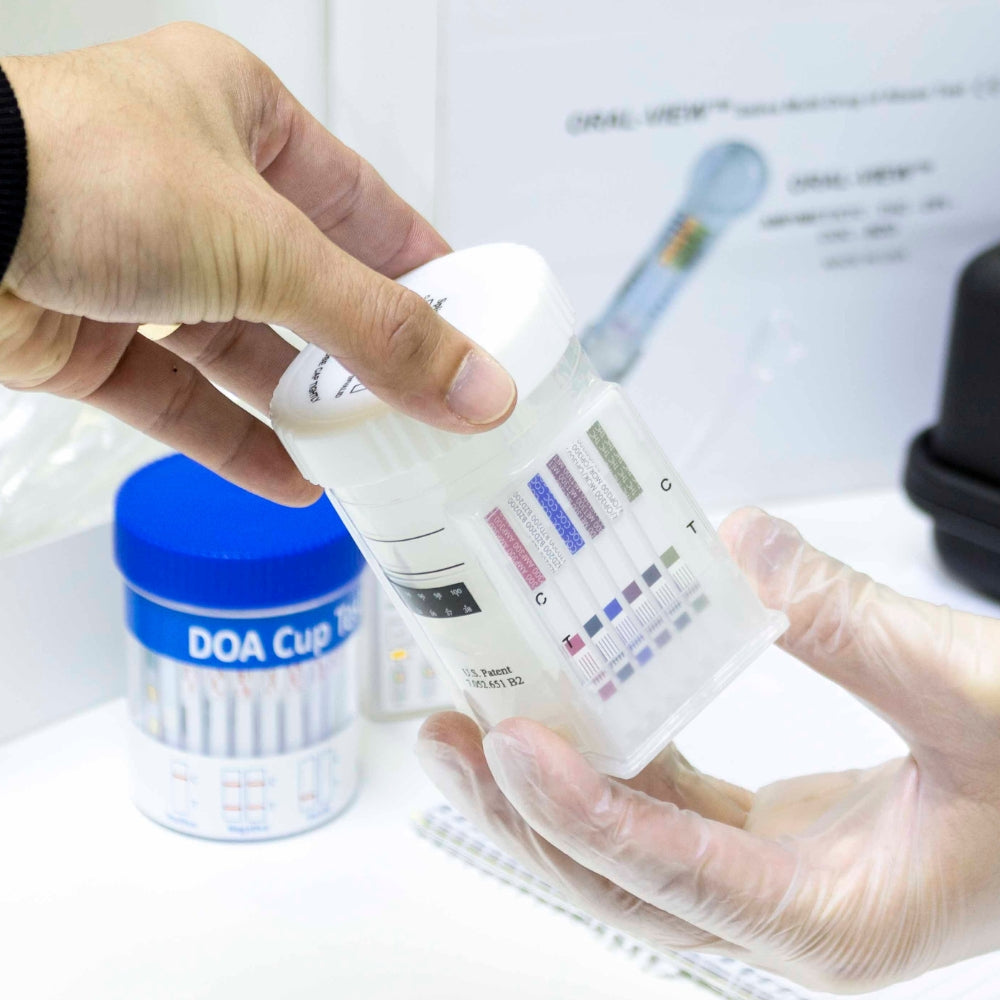How does a breathalyser work? When alcohol is ingested, it moves towards your stomach and your small intestine. It is then absorbed into your blood stream, which is then circulated to both your lungs and your brain, which is why you are able to exhale it when you breathe.
A breath alcohol test conducted by means of a breathalyser will measure what your BAC (Breath Alcohol Content) is in the air that you exhale. The device uses that measurement to estimate how much alcohol is in your blood.
Your BAC will start to increase at 15 minutes after alcohol is ingested, and will most likely be at it's peak 1 hour after ingestion- please note that alcohol will stay in your blood stream up to 24 hours (80 hours within urine, and around 3 months for hair follicles). Be wary after a heavy night of drinking-even when you drive to work the next morning, alcohol will still be in your blood stream.
To get an accurate and reliable breath alcohol reading, it is important to perform an alcohol breath test correctly. Read the guide below on how to perform an alcohol breath test for reliable alcohol readings:
Use the correct mouthpiece
Our AlcoSense personal breathalyser range has various breathalysers and are different from Andatech's workplace breathalysers. Do ensure that the correct mouthpiece has been fitted onto your breathalyser. You can refer to the user manual for specific guidance.
Please note that Andatech mouthpieces are reusable if they are cleaned properly between uses, but should be thrown away in the event of a high reading (e.g. blowing into the breathalyser while extremely intoxicated may lead to remnants of alcohol staying within the mouthpiece).
Also note that mouthpieces will need to be changed when frequently used (buildup of saliva may occur if you test frequently). It is recommended that you wash and dry your mouthpiece after every positive test.
Even if your device is not an Andatech breathalyser, do make sure that the mouthpiece is the correct fit, and in usable condition.
Use the correct batteries
In regards to batteries, be sure to use the right type of battery for your breathalyser. Most of our breathalysers use Alkaline batteries. Only use new Alkaline batteries, as rechargeable and heavy duty batteries may not work well with the breathalyser.
Some of Andatech's workplace breathalysers use rechargeable batteries, and it is best practice to ensure that the battery in use is fully charged and that you have a spare, charged battery on hand, especially if testing many users at once.
Blow into your breathalyser correctly
One common issue when blowing into a breathalyser is the fLo error message appearing. It is imperative that you blow into the device with a long and steady breath. Failing to provide a long and steady blow will cause the device to have a fLo error, and may potentially fail to provide your BAC reading.
For personal breathalysers, do not stop blowing until you hear either a double beep, or a double click sound (depending on your device). For workplace breathalysers, the device screen will show a status bar with the amount of breath sample required. Do not stop blowing until the status bar is complete.
Wait before performing the next test
Another mistake people make when testing their BAC is back-to-back testing on a singular device. It is recommended that you wait for at least 10-30 seconds before you perform a second test. Just like any other machinery, a breathalyser will need to readjust itself to prepare for a second test.
If you would like a breathalyser that is able to perform rapid back-to-back testing, check out our workplace breathalysers - specially designed for this purpose, and to give police grade ratings with rugged durability.
If you would like a personal breathalyser that utlises a fuel cell sensor, and allows a quicker refresh time for back to back testing, check out our AlcoSense Zenith+; a perfect model for small businesses, and for those who need to test multiple people as quickly as possible.
Calibrate your breathalyser regularly
Like any other measuring tool, calibration is important to maintain the accuracy and condition of your breathalyser. A failure in calibrating your breathalyser can potentially result in inaccurate readings, or even worse: possible damage to your sensor. Even if you do not frequently use your device, normal wear and tear may take effect- much like a vehicle and how it requires a servicing every so often.
You should always calibrate your breathalyser at least once a year. Our recommended calibration time is every 6 months for optimal performance of your device. This is so that you can be assured that you'll have a working and reliable breathalyser when you need it the most.
With proper care and maintenance of your breathalyser, your device can last up to a lifetime. In fact, AlcoSense breathalysers are covered by our Lifetime Guarantee if calibrated at least every 6 months, whereas Andatech workplace breathalysers have an extended 5 year warranty if calibrated at least once a year. Read more about Andatech's Breathalyser Guarantee.
For more information about calibrations, check out our Calibration Management Plans or this helpful Calibration FAQs Guide.
Disclaimer: The information provided in this article is for general reference only. Please seek advice from professionals according to your business’s needs.
Written by Jaka Exstrada




